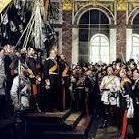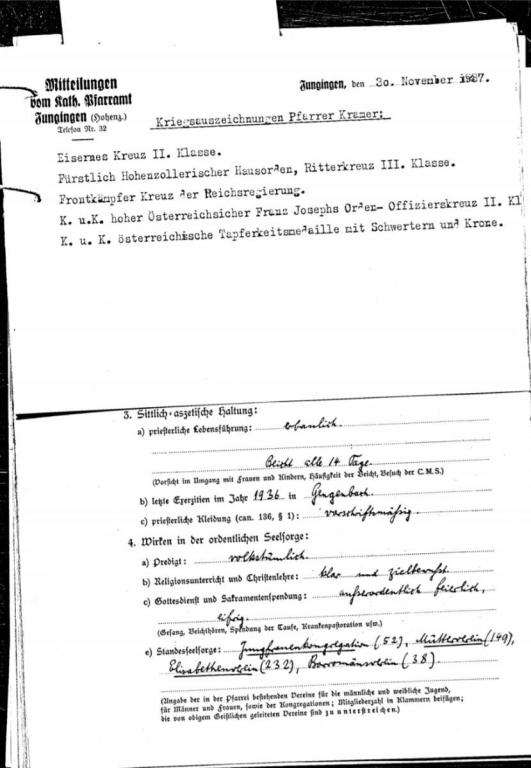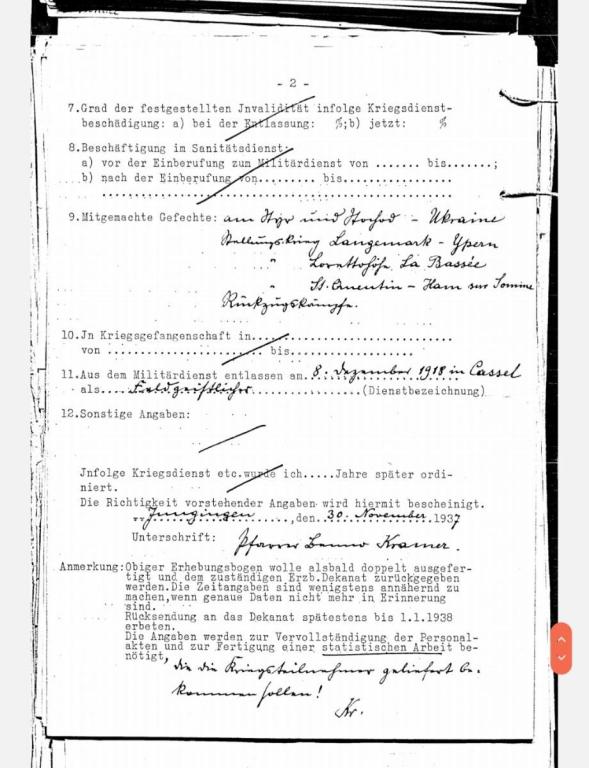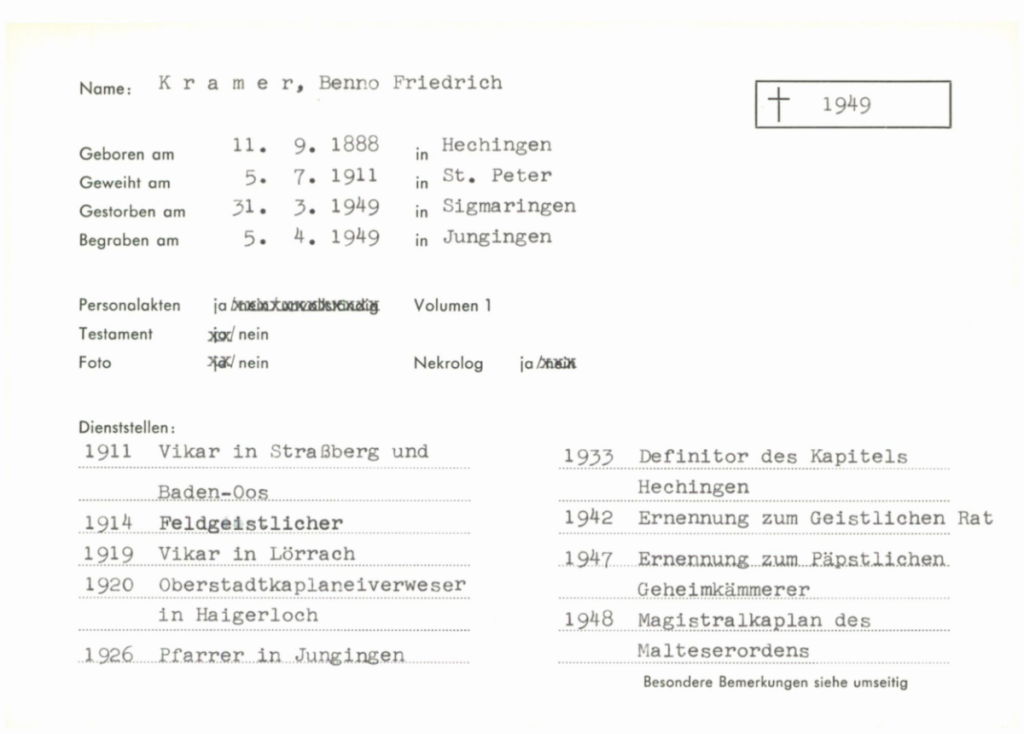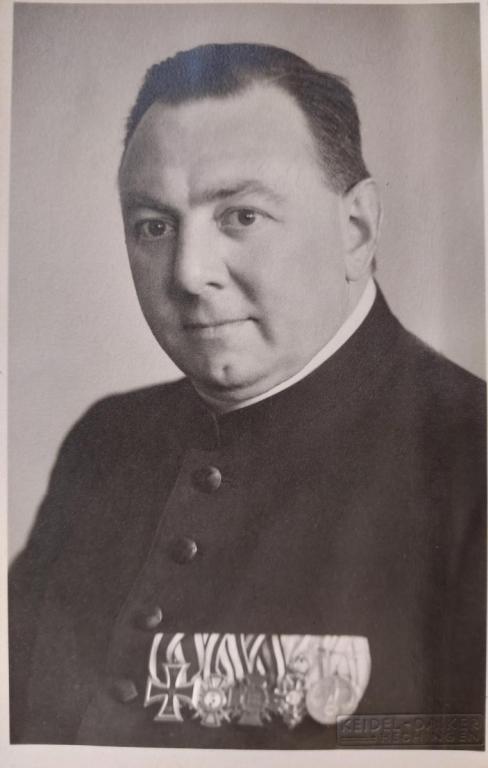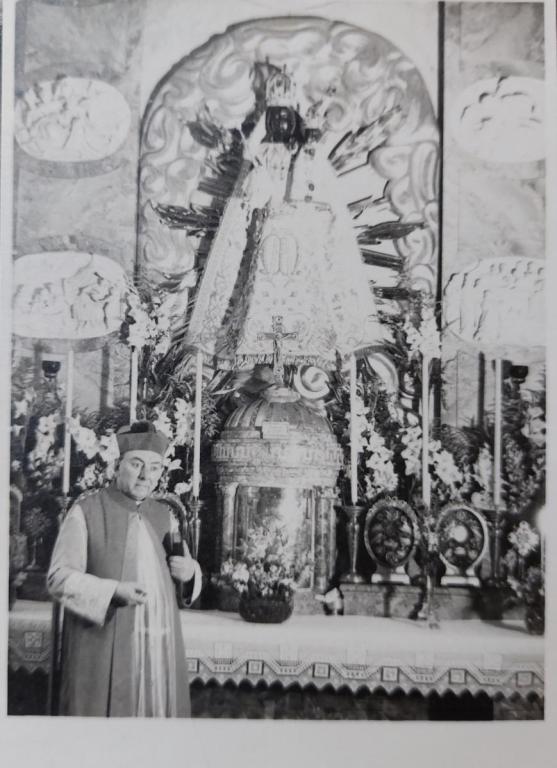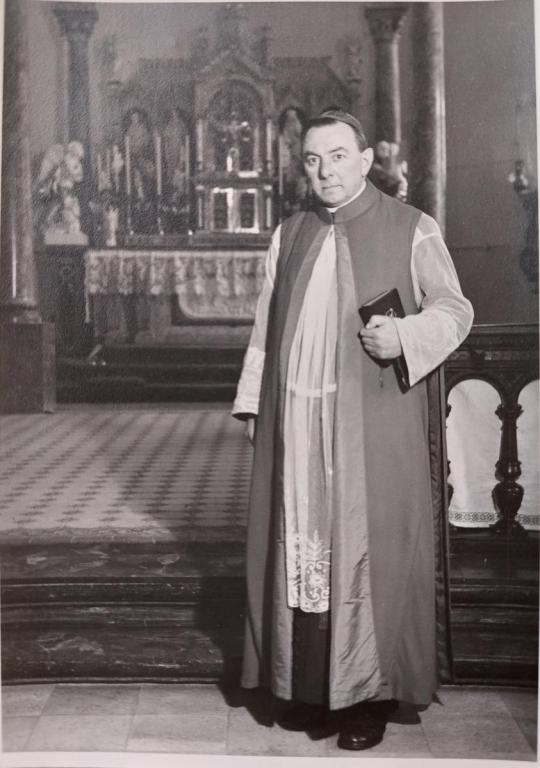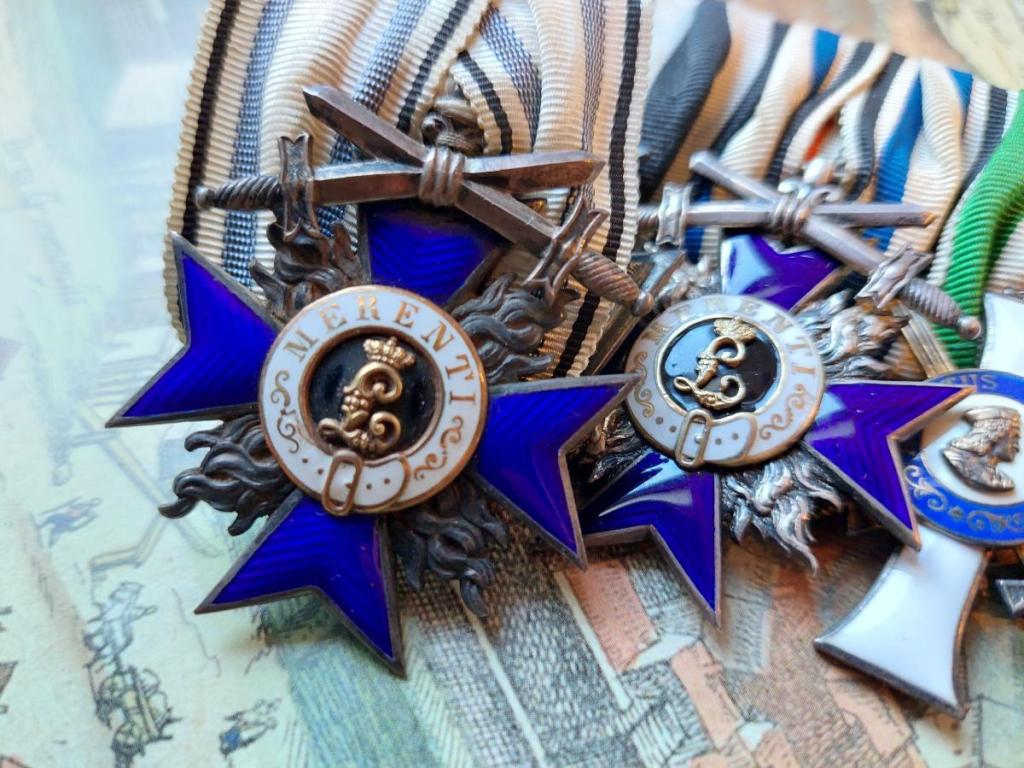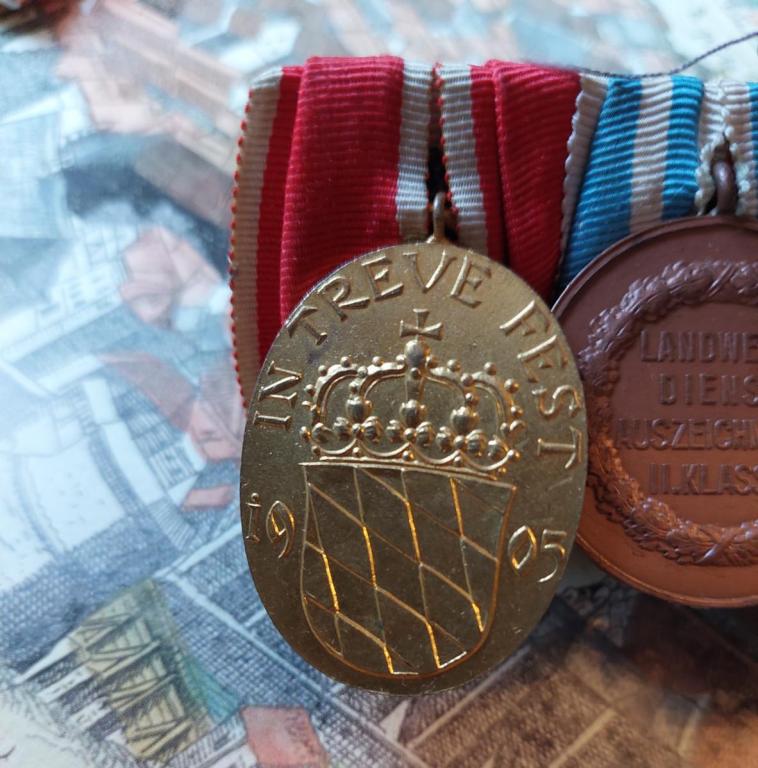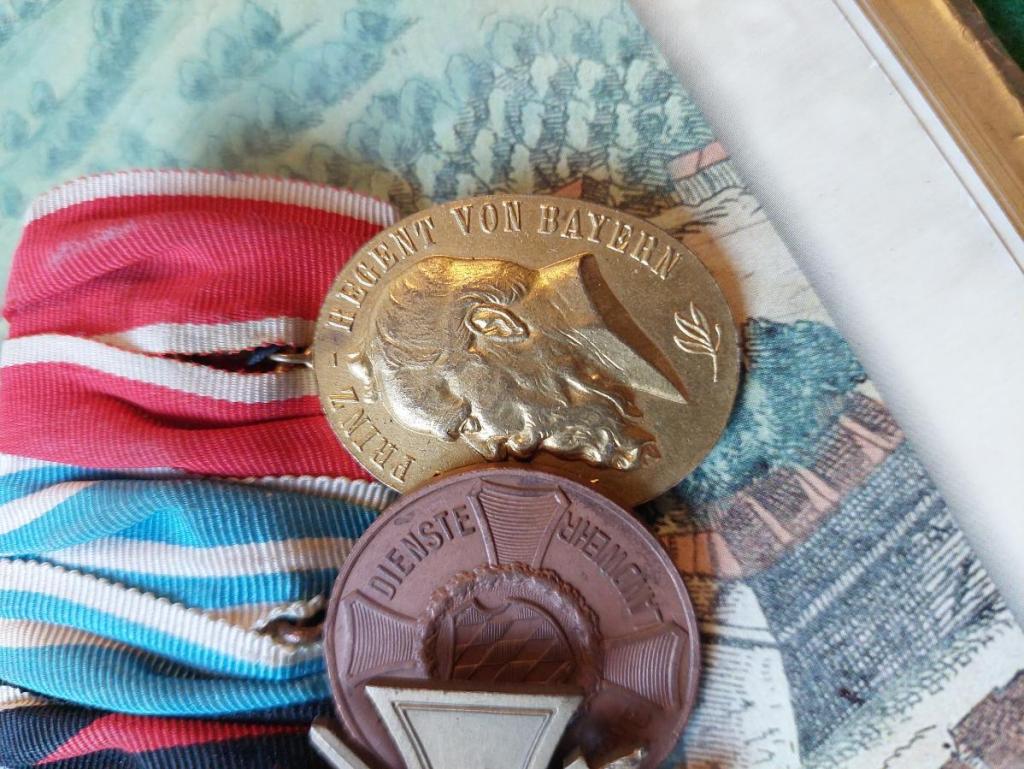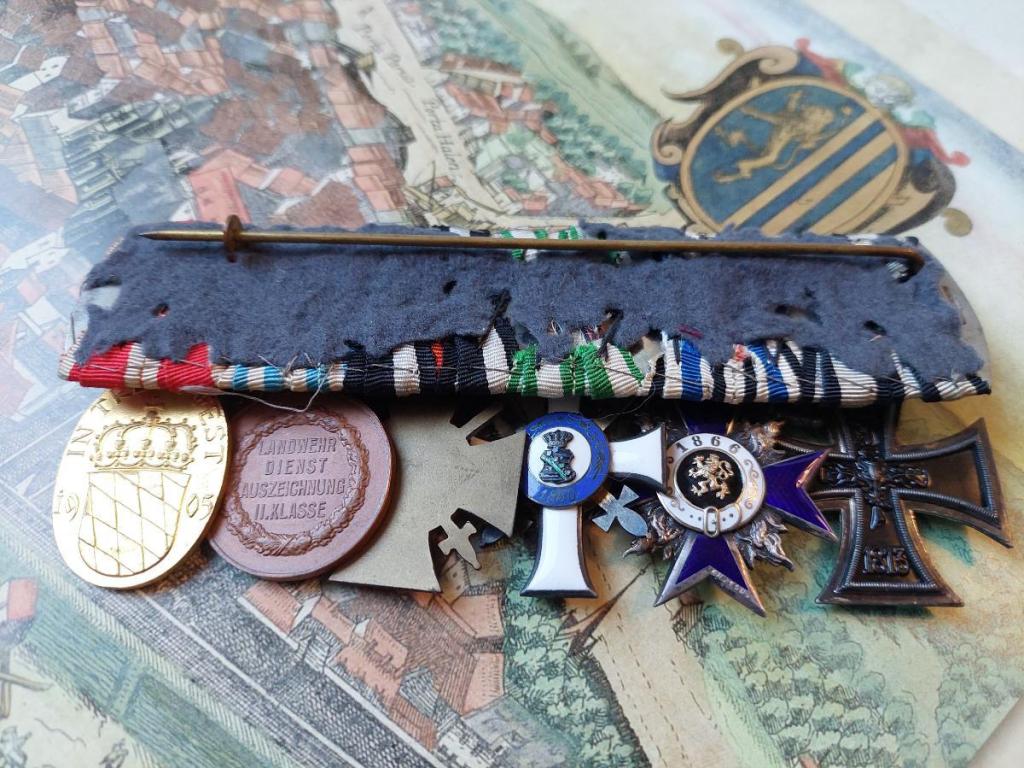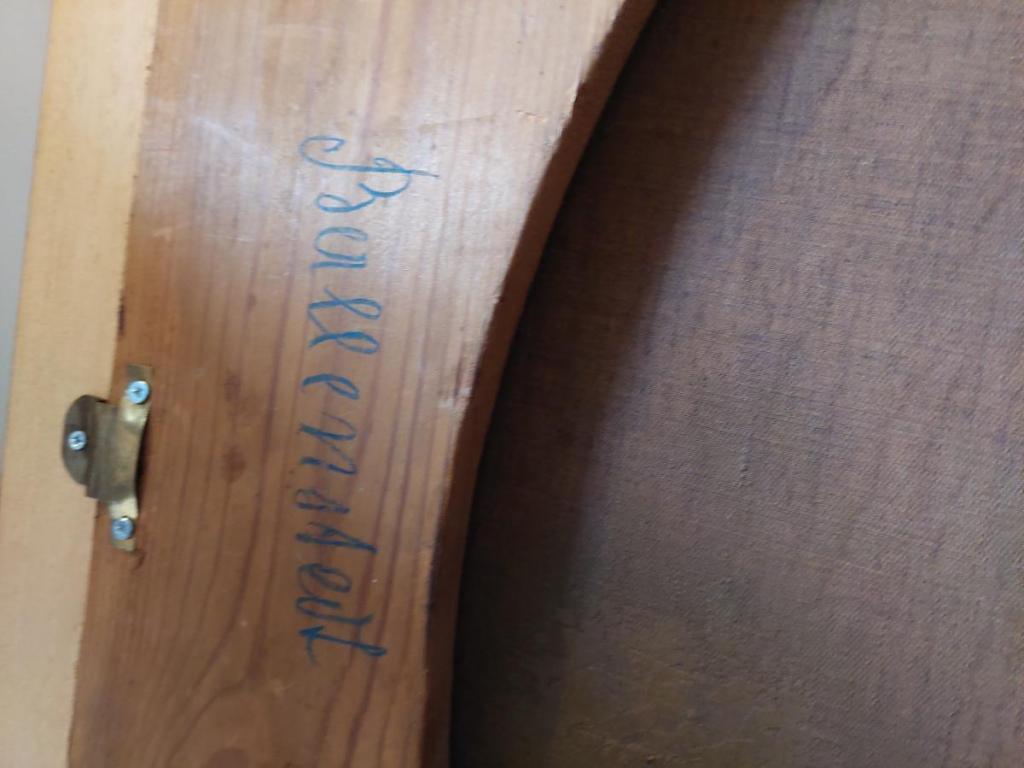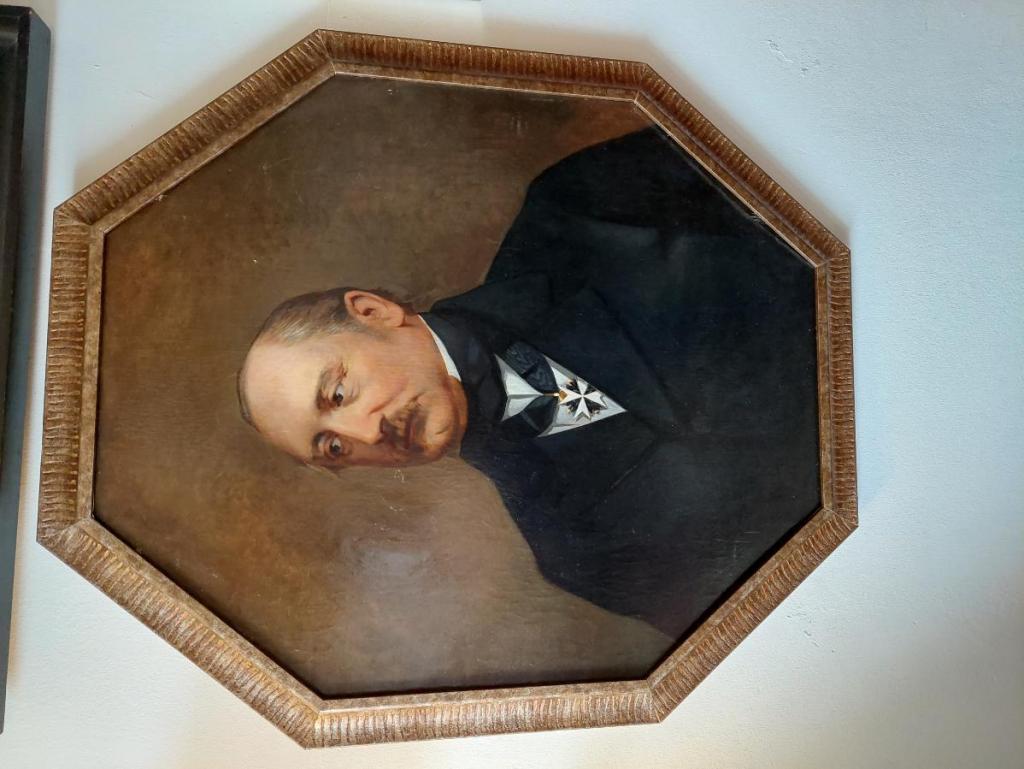-
Posts
671 -
Joined
-
Last visited
-
Days Won
6
Content Type
Profiles
Forums
Blogs
Gallery
Events
Store
Everything posted by laurentius
-
There was a consensus within the collecting community that when the wall would fall a stream of orders and decorations would come into the market. This, for several reasons, was however not to be. Their thoughts were not illogical, after all the former German Democratic Republic held the lands that had previously belonged to two grandduchies (both the mecklenburgs), five normal duchies (Anhalt, Sachsen-Coburg-Gotha, Sachsen-Meiningen, Sachsen-Weimar-Eisenach, Saxe-Altenburg), four principalities (Reuß older and new line, Schwarzburg-Sonderhausen and Schwarzburg-Rudolstadt) and two kingdoms (Saxony and Prussia). Prussia was stretched out from the river Memel in Lithuania to the French border but the majority of the elite live in estates east of the iron curtain (mostly also east of the river Oder, lands now in Polish hands). This means that 13/25 German states where now in Eastern Germany despite it's relatively small size, with the elite (the junkers of Prussia) living on estates there or in the capital Berlin, also cut in two. Now, despite this multitude of states with their multitude of different decorations the stream of medals after the fall of the wall was little. Sure, some items came our way but much less than we expected. There are several reasons for this: 1. After the fall of the Third Reich the Soviet Russian army swept the land and took away all things valuable. Machines, art, furniture but also decorations (who is not familiar with the picture of the two Soviet soldiers on the steps of the Reichstag building with hundreds of medals at their feet?). Not even the palaces of the former rulers where saved from this. 2. When the Russian army left (which they never really did untill 1989) the German Democratic government started to destroy the old estates to make farms. Most country houses where demolished for building materials or redesigned for public use. This is the reason why we don't find anything in those attics, since people have already gone through them. 3. The junkers that did not live on estates, or who didn't live on estates when the curtain fell and Hitler took his live lived in the cities. Heavily bombed, many great houses and palaces here too were destroyed. The same goes for the many jewellers whose shops burned out or were turned to rubble. Not just medals, but also architecture, art and furniture where lost here. 4. Last but not least the German Democratic Republic traded in medals, uniforms and helmets to get access to foreign currencies. The decorations found in the great houses not yet robbed, together with collections which the stasi took off collectors where sold. These are the four primary reasons why there was little offering from former East Germany. I have not accounted for things like bartering (do I want a full stomach or grandpapa's medals?) and melting down for money. Things have come from behind the curtain but alas, due to the course of history, not in the way we hoped. Kind regards, Laurentius
-
The people at the archive managed to find out his personal papers which they have given to me. These five pages largely contain information about his military career, although it was written after his death by someone only vaguely familair with the inner workings of the military apparatus, hence a few mistakes. Under 9. we can see that Benno Kramer had part in a fight on the ukrainian front, the name is indecipherable to me sadly. This explains both the Franz-Joseph Orden and the Austrian commemorative medal. Furthermore he was present at Langemarck-Ypern, St-Quentin and the battle of the Somme. Some of the heaviest fighting on the western front took place there. It is a comforting thought to know that he was there to give peace of mind to the soldiers not far from death. This document Shows his decorations. Note the many mistakes. He received the Hohenzollernerische Ehrenkreuz 3. klasse mit Schwertern, not the Hohenzollernerische Hausorden. If it weren't for the Fürstlich added as an adjective one might believe he received the HoHx. It is also described that the received the 'offizierskreuz' 2. klasse of the 'Hoher Österreichischer Franz Josephs Orden' which is also wrong. He received the Ritterkreuz 4. klasse. These mistakes appear sloppy, but wouldn't lead a experienced collector astray. The last description however would put a researcher on a wrong path. He wore the Austrian commemorative medal with swords. He did not have the Austrian bravery medal with swords and crown. Although they only had five pages his personal files give a small insight into his daily life. This combined with his eulogy and other information I found out paints a picture of a kind, compassionate man devoted to his parish. All one could wish for in a priest. Kind regards, Laurentius
-
Dear fellow collectors, I bought these pictures a few months ago and I managed to identify them with the help of the Freiburg archdiocese archive. Benno Friedrich Kramer was born in 1888 in Hechingen and died in Jungingen in 1949. When he died he was spiritual counselor, papal secret chamberlain and chaplain of the Malteserorden. His work as a priest was interrupted by service as a 'feldgeistlicher' from 1914 to 1918. During this time he received the EKII, HEK3x and the ÖFJ3. Would it be possible to find out the exact dates? Attached you'll find his pictures and his record. Kind regards and thanks in advance, Laurentius
-
Here is the promised picture of the backside. If @Schießplatzmeister is correct it is a spangenstück, which I don't mind. I have a feeling that the Prinzregent Luitpold-medaille doesn't belong here but I don't think it was a volkspflege, the white edges are too thin for that. I have a feeling we're looking at Lippe or perhaps something Ottoman. Thanks for your replies. Kind regards, Laurentius
-
Dear fellow collectors, I received this bar last week and I have a strange feeling with the Prinzregent Luitpold-medaille at the end. The ring wasn't tucked in (which I did, for appearances' sake) and given the fact that it looks polished and unworn I wondered if any of the collectors here would be willing to give their opinion on the piece? I know there were several versions of this medal with differerent monetary values so a small switcheroo wouldn't surprise me. Kind regards and thanks in advance, Laurentius Ps. The picture of the backside of the medal was too large to upload, I'll take more pictures tomorrow.
-
Thank you for this link Sandro, it's not often that we can put a face (even if it is a metal plaque rather than a photo) on jewelers of the past. Kind regards, Laurentius
-
Most likely because it is a WW2 medalbar whereas you are in a forum aimed at German states (which ends in 1918 with some notable exceptions, such as the exile-pieces already mentioned). Not to mention the fact that the question regarding your medalbar is posted in a thread which has an active discussion on a different medalbar. Wondering whether a medalbar is a 'Frankenstein' is justified in my opinion when ample evidence is given, as @91-old-inf-reg does. He gives us four (solid in my opinion) indications that something might be wrong. There is ofcourse the possibility that the bar is genuine and that he is mistaken. It is merely a continuation of the discussion which might lead to different perspectives on the piece. Here too I have to disagree, silver-gilt in Prussian decorations usually points us at a post-1916 production date, which given the decorations (starting off in 1870, which means the recipient was born in or before 1852) could illicite suspicion regarding the pieces. @Komtur points us at the possibility that the HoH is either a post-1918 exile-production or a private-purchase piece. Simply because it is silver-gilt does not mean that it is private-purchase. There are official pieces made in silver-gilt and private-purchase pieces made in gold. The material alone is not enough to base a conclusion on. The conclusion was made based on the material and the quality. Is medalbar a Frankenstein-piece? I don't know. There are some things about this bar that assure me that is genuine whereas some other features make me frown. There is not enough 'wrong' to consider it fake or an amalgamation, but there is also not enough 'right' for me to consider it genuine (at this point). It is a civilian bar and those are always tricky. They are incredibly hard to identify (those who can are masters in their art, hence the reason we call them wizards sometimes) and there was much less control regarding the right way of wearing decorations. The little missing red cross on the second KO4 could be damage. Someone could have left out the bow on the RAO3Kr. Perhaps the HoH is a private-purchase or exile-piece. Lots of 'if' which can only be solved through discussion and the meeting of minds. Kind regards, Laurentius
-
Dear Nubirus, The Order of Peter Friedrich Ludwig was marked 'B. Knauer' untill the early twenties afterwhich they switched to 'Knauer'. If the B is missing one is dealing with a postwar-piece. Given the difference in quality between the B and Knauer I very much wonder if someone has been busy with a hammer and a screwdriver. I have some more doubts about the piece, but given the difficult nature of this order when it comes to the details I will await the opinion of more knowledgeable members. Kind regards, Laurentius
-
Possible, but I don't think so. Schaetzell is shown to be a Rechtsritter since 1854, whilst my guy is an Ehrenritter. Did you find this information in the Sachsen-Anhalt Staatsbuch? On a unrelated note, my guy looks a bit like Otto von Bismarck, who was also an Ehrenritter, although he did have a tendency to wear the little white cross on his jacket too. Kind regards, Laurentius In this piece about an ironforge in the Harz area describes Schaetzell as a 'Staatsminister', just as you said. Wouldn't a staatsminister have more than 'just' a Johanniter-Orden? http://webdoc.sub.gwdg.de/ebook/ga/2002/pub/kunst/01H313/prom.pdf
-
Dear fellow collectors, I recently won this painting at an auction. I received it last week, send it out to a restorer for a new frame (quite the hassle with an octagon-shaped painting) and now it's finished and hanging on the wall. A lovely portrait of a Johanniter Ehrenritter. Given the type of clothing and the manner of painting I would place this painting between 1860 and 1880. On the back of the frame is written 'Ballenstedt' with a blue pencil. Could this be a clue about the identity of the owner? Ballenstedt is a German last name but also the name of a town in Saxony-Anhalt. I am aware most members of the Prussian Order of St. John are not written down in lists but I wondered if anyone could take a look for the name Ballenstedt? He has no other decorations so anyone named Ballenstedt in the list with additional bling can be quickly discarded as the possible painted person. I know it's a long shot and that we probably won't end up with a identification but I'm greatful for all the help I get. Kind regards and thanks in advance, Laurentius
-
That is his son Sir Colin Richard Keppel, we are looking for the decorations of Sir Henry Keppel. Graf has used both the names Henry and Colin in his first reaction, giving rise to the misunderstanding. Sir Henry Keppel died in 1904. His son became an admiral in 1908 and received the Swedish Order of the Sword that year. Kind regards, Laurentius



